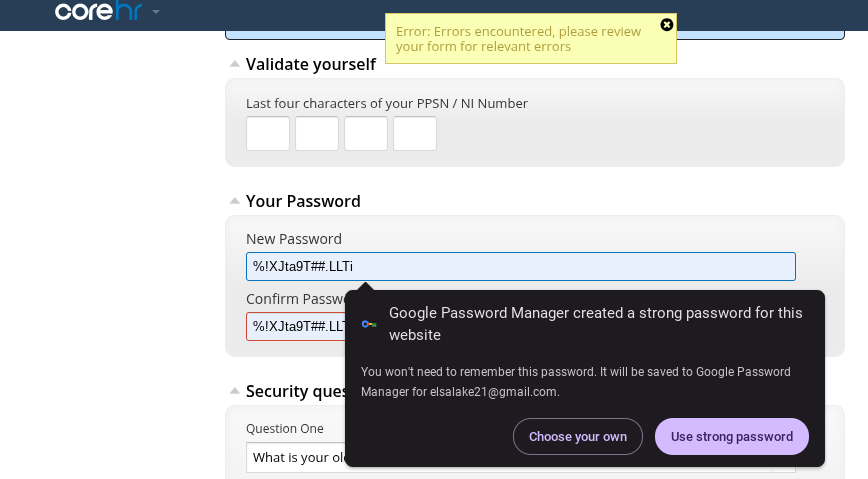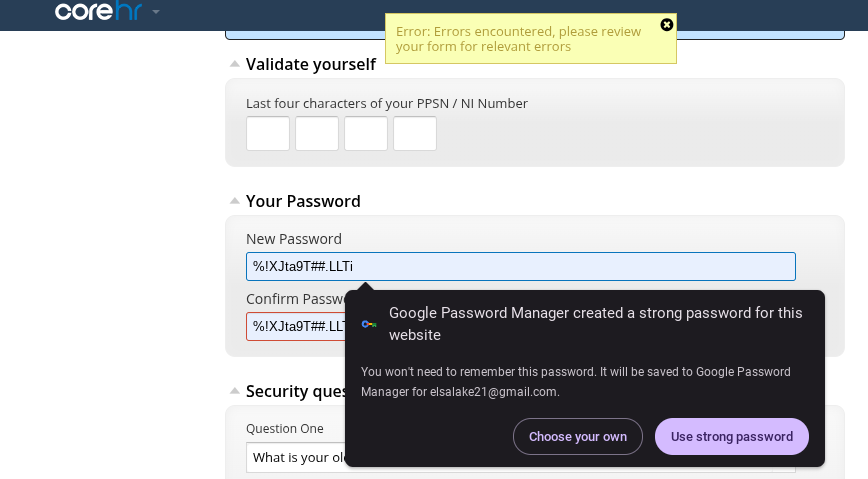Britain Politics: the quest for political stability 1660 - 1688: the restoration settlement
1/8
There's no tags or description
Looks like no tags are added yet.
Name | Mastery | Learn | Test | Matching | Spaced |
|---|
No study sessions yet.
9 Terms
The beginning of the restoration of the monarchy
in Jan 1660 troops led by General George Monck entered London to restore order after an attempt by the army to remove the Rump had led to riots and demands for free elections
in Feb he allowed members of the Long Parliament who had been purged in 1648 to return so it could dissolve itself
in April a newly elected parliament - which called itself the Convention Parliament as it hadn’t been summoned by a monarch - met and were presented with the Declaration of Breda
this was issued by Charles II on the 4th April 1660
Charles II took the advice of both Edward Hyde and Monck and stayed at Louis 14th’s court until 1659 where he moved to Protestant Holland - where the declaration was devised
Promises of the Declaration
Cooperation and harmony with the political nation
amnesty for actions taken in the years of war and Interregnum except for those who signed the death warrant for Charles I
the settlement of outstanding issues in partnership with Parliament
Arrears of pay would be given to the army and religious toleration was continue if the monarchy was restored
Parliament’s beginning decisions
On the 5th of May Parliament voted that the government should consist of the king, Lords and the Commons
On the 25th May Charles II landed at Dover to a joyful welcome
due to the declaration of Breda there weren’t any preconditions to the king’s arrival, but he claimed to have returned for his twelth year of reign - indication his accession happened after his father’s death - which was weird
although Charles seemed to be sincere in his desires for a lasting settlement, it was apparent that he saw himself appointed by God and not Parliament
The Restoration Settlement 1660 - 1664 (1)
The Declaration of Breda stopped Parliament from setting any conditions for the monarch's return, so the Stuart restoration happened without any strings attached.
the details of the settlement essentially had to be worked out after the king’s return by parliaments vulnerable to royal manipulation and public opinion
the Convention Parliament was dissolved in December 1660
after a failed rebellion in London in 1661 by the radical Fifth Monarchist Thomas Venner many people became worried about radical groups
as a result, there was a massive royalist majority at the new parliament nicknamed the Cavalier Parliament
this parliament was seeking revenge over reconciliation
they therefore didn’t solve any of the problems leading up to the revolution
The Restoration Settlement
the effect of the Cavalier Parliament was essentially to weaken the restrictions on the king’s power and undermine the authority that had been achieved by the Convention Parliament
The legislation of 1660 limited royal power by keeping the 1641 Triennial Act, ensuring parliamentary control of the militia, and abolishing the Prerogative courts, safeguarding Parliament's authority and common law.
the work of the cavalier parliament served to undermine this and leave grey areas leading to uncertainty in the upcoming years
For example: the Militia Act of 1661 stated that the king alone was in supreme command of all armed forces
a revised Triennial Act in 1664 didn’t provide any mechanisms to enforce the calling of parliament every three years
Attempts to renew religious conflicts
The Calavier Parliament renwed religious conflicts that undermined effective political development since 1625. The Convention Parliament had restored the Anglican Church and the bishops but the details of the organisation were to be left to a meeting of clergy to be held at the Savoy Palace in London. The three main categories of people attending the Savoy Meeting:
The Presbyterian royalists - sought a reformed Church that would allow moderate Puritans to remain within it
High Church party led by Gilbert Sheldon, bishop of London sought the restoration of the Laudian system
In between these two extremes were a number of clergy who could be labelled as Latitudianarians
The Savoy Meeting
The meeting began in April 1661 and the support for the High Church had grown incredibly due to Venner’s rising and the election of a vengeful parliament.
This was compounded by the tendency of the Presbyterians to become overwhelmed in detail as the debates progressed
By the summer of 1661, the opportunity for genuine reconciliation had disappeared and the royalists had their revenge - on religious terms
the Act of Uniformity was passed in 1662 and restored the Laudian Church and set such harsh conditions that 1800 ministers couldn’t conform and therefore were expelled of their livings
After creating these non-conformists, (or dissenters) The High Church party set out to drive them out of existence

Expelling of Religious dissenters
In November 1661 an Act was passed ensuring that only those who took Anglican Communion could be chosen to sit on the borough corporations which governed much of the port and market towns
This was a massive Puritan stronghold but this act had ensured that few Puritans would qualify
Sheldon, archbishop of Canterbury secured a Conventicle Act ensuring harsh punishment to anyone who tried to conduct a religious life in separate congregations meeting outside the church
the attempt to destroy Puritanism helped ensure its survival. Congregationalists, Baptists and Quakers who made up the bulk of separatists had little influence. They would have been vulnerable to isolation and weakness
by driving a much larger group of Presbyterians and their contancts among the gentry, the legislation made dissent a significant religious and political influence in English society

Charles II and Finance
The Convention Parliament offered Chalres much less money than he needed and although the Cavalier Parliament granted him some funds he needed to raise regular taxation
The abolition of feudal tenures ended the monarch’s right to feudal taxes like forced loans
he couldn’t restore Ship Money
Charles was compensated a regular income from customs duties and excise tax which stood at around 1.2million pounds a yeat
the Hearth Tax was authorised by the government in Nov 1661 and was assessed based on how any hearths per home
however it was a disappointment - only 1/3 of the expected revenue of £250000 was collected the first year and it struggled to raise significant amounts over the next years
many MPs were happy as it gave them financials control over the king